The Agricultural Haying and Forage Machinery Market is currently characterized by a dynamic competitive landscape, driven by technological advancements and increasing demand for efficient farming solutions. Key players such as John Deere (US), AGCO Corporation (US), and Claas (DE) are strategically positioned to leverage innovation and sustainability in their operations. John Deere (US) focuses on integrating precision agriculture technologies into its machinery, enhancing productivity and resource management. Meanwhile, AGCO Corporation (US) emphasizes regional expansion and partnerships to strengthen its market presence, particularly in emerging economies. Claas (DE) is investing heavily in digital transformation, aiming to provide smart farming solutions that cater to the evolving needs of farmers. Collectively, these strategies contribute to a competitive environment that prioritizes technological innovation and customer-centric solutions.
In terms of business tactics, companies are increasingly localizing manufacturing and optimizing supply chains to enhance operational efficiency. The market appears moderately fragmented, with several key players exerting influence over various segments. This fragmentation allows for niche players to thrive, while larger corporations consolidate their market share through strategic acquisitions and partnerships. The collective influence of these key players shapes the market structure, fostering a competitive atmosphere that encourages continuous improvement and innovation.
In August 2025, John Deere (US) announced a partnership with a leading agri-tech firm to develop AI-driven solutions for haying machinery. This collaboration aims to enhance machine learning capabilities, allowing for real-time data analysis and improved decision-making for farmers. The strategic importance of this partnership lies in its potential to revolutionize operational efficiency and reduce resource wastage, aligning with the growing trend towards sustainable farming practices.
In September 2025, AGCO Corporation (US) launched a new line of forage harvesters equipped with advanced automation features. This product introduction is significant as it reflects AGCO's commitment to innovation and meeting the demands of modern agriculture. By incorporating automation, AGCO aims to improve productivity and reduce labor costs, positioning itself as a leader in the market.
In July 2025, Claas (DE) unveiled a new digital platform designed to integrate various agricultural machinery, facilitating seamless communication and data sharing among equipment. This initiative underscores Claas's focus on digital transformation and its strategic intent to provide comprehensive solutions that enhance farm management. The platform's introduction is likely to strengthen Claas's competitive edge by offering farmers a holistic approach to managing their operations.
As of October 2025, the Agricultural Haying and Forage Machinery Market is witnessing trends that emphasize digitalization, sustainability, and AI integration. Strategic alliances are increasingly shaping the competitive landscape, enabling companies to pool resources and expertise. Looking ahead, competitive differentiation is expected to evolve, with a shift from price-based competition to a focus on innovation, technology, and supply chain reliability. This transition suggests that companies that prioritize these aspects will likely gain a competitive advantage in the market.


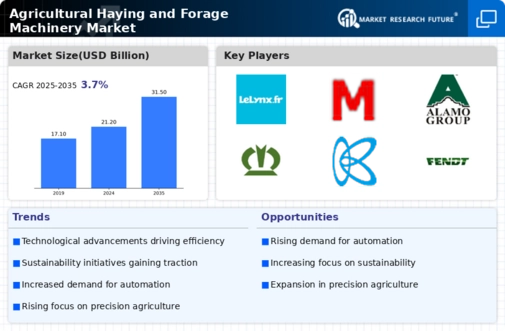
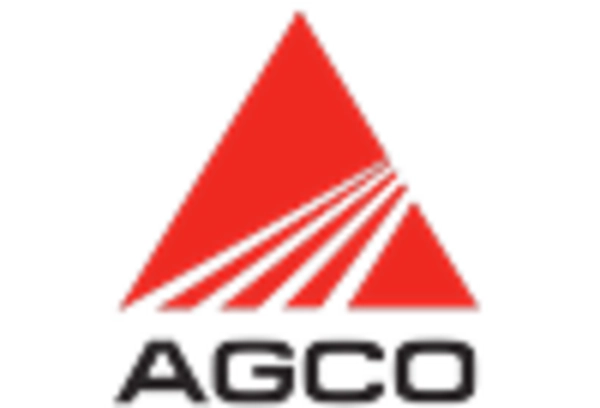
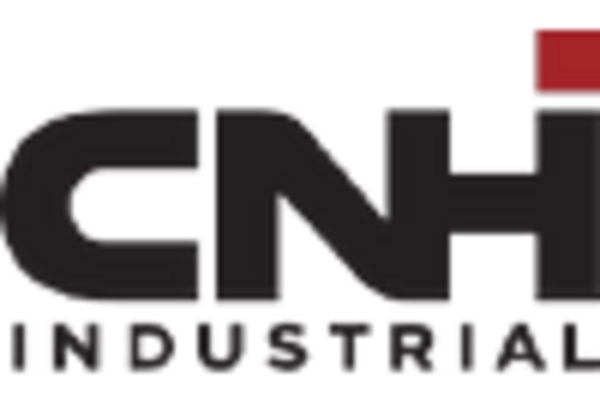
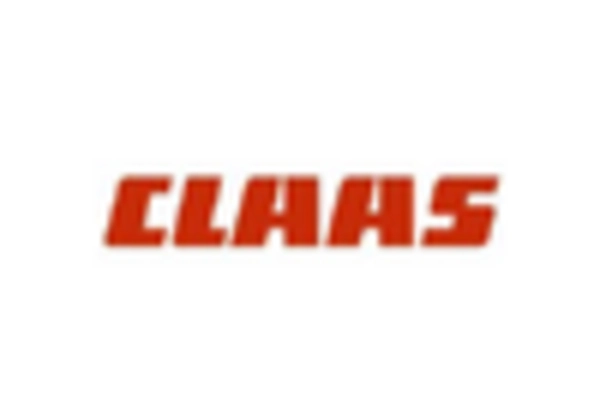
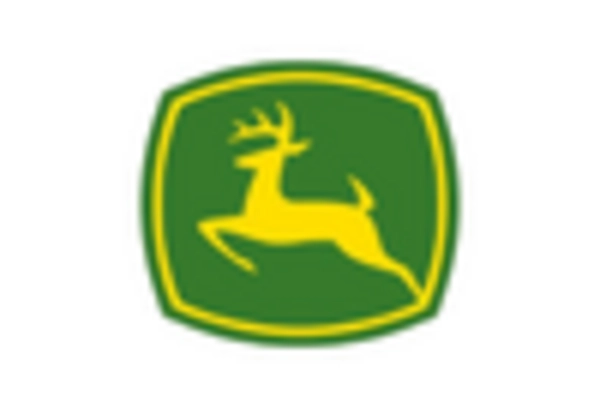
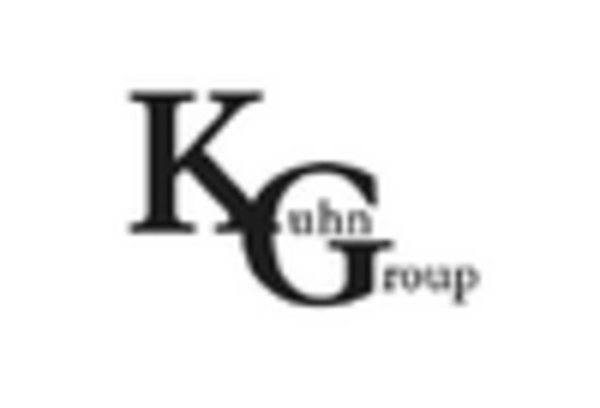
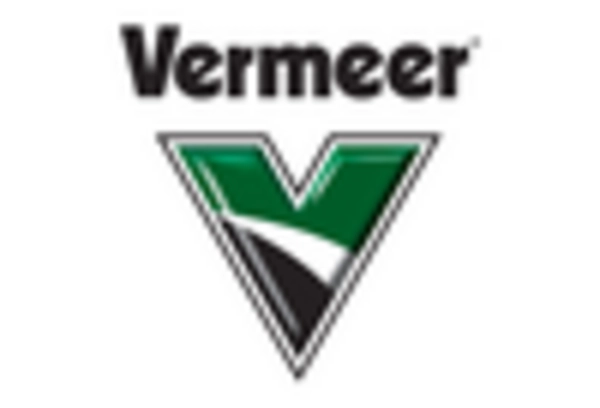








Leave a Comment